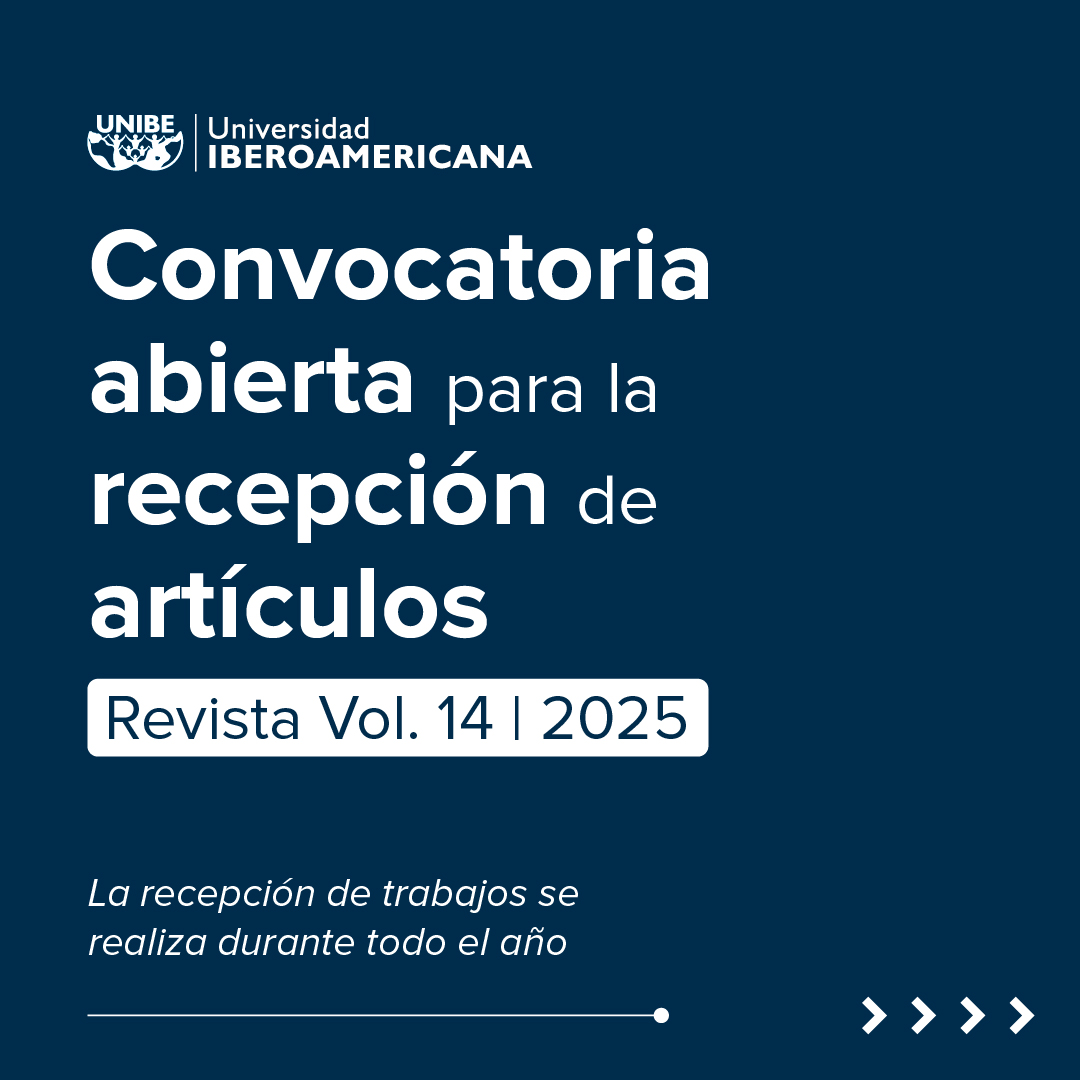Nasal carriage of Staphylococcus aureus of Medicine students from the Eastern Private University, Paraguay
DOI:
https://doi.org/10.26885/rcei.8.1.66Keywords:
Staphylococcus aureus, Medicine students, nasal carriage, ParaguayAbstract
The Staphylococcus aureus (Sau) its an aerobia bacteria of the cocos gram positive family, can cause infections in hospitalized patients and outpatients. The main reservoir it´s the human, thirty percent of the population carry this in the upper respiratory tract. This research targets to describe the nasal carriage of Staphylococcus aureus in second course Medicine students of the Eastern Private University of Ciudad del Este, Paraguay. This research it´s a descriptive and prospective study, made between April and June of 2018. The population was composed by 69 volunteered students, 84% (n=58), 15 were male and 43 females, most of them between 20 and 35 years old. Cotton swab cultivation in agar blood was made with 58 students to look for Staphylococcus aureus, which 31% (n=18) resulted in the growth of the bacteria, the 6,6% (n=1), presented resistance to methicillin (SARM) and the 55,5% (n=10) presented resistance to Clindamycin. The percentage of Sau found in this study agree with what is described in literature. Nasal carriage can contribute to the dissemination of de infections in hospitalized patients, by direct contact. For this reason, searching and decolonizing Sau carriers in upper respiratory tract might be possible to implement.
Downloads
References
Aires De Sousa, M., & De Lencastre, H. (2004). Bridges from hospitals to the laboratory: Genetic portraits of methicillin-resistant Staphylococcus aureus clones. FEMS Immunology and Medical Microbiology, 40(2), 101–111. doi: https://doi.org/10.1016/S0928-8244(03)00370-5
Andrea, C., Alejandro, C., & Ricardo, H. (2017). Staphylococcus aureus nasal carriage in health care workers: First report from a major public hospital in Argentina. Rev Argent Microbiol., 49(2), 125–131.
Arteaga-Delgado L.C., L. C., Espinosa-López Y., Y., & Chávez-Vivas M., M. (2016). Prevalencia de Staphylococcus aureus que coloniza el personal de salud de un hospital de la ciudad de Cali. Ciencias de La Salud, 14(1), 9–19. doi: https://doi.org/10.12804/revsalud14.01.2016.01
Bresolin, B. M. Z., Dall’Stella, J. K., & Fontoura-da-Silva, S. E. (2005). Pesquisa Sobre a Bactéria Staphylococcus Aureus Na Mucosa Nasal E Mãos De Manipuladores De Alimentos Em Curitiba/Paraná/Brasil. Estudos de Biologia, 27(29), 27–32.
Bustos, J., Hamdan-Partida, A., & Gutiérrez-Cárdenas, M. (2006). Staphylococcus aureus: la reemergencia de un patógeno en la comunidad. Revista Biomédica, 17(4), 287–305. Recuperado de //www.uady.mx/sitios/biomedic/revbiomed/pdf/rb061746.pdf%5CnVol
Da, A., & Souza, C. (2017). Prevalencia e perfil de resistencia de Linhagens de Staphylococcus aureus isoladas de estudantes de enfermagem da universidade federal de Sergipe Campus Lagarto. Sergipe: Universidade Federal de Sergipe.
Davalos, K., Báez, S., Bianco, H., Figueredo, B., Ayala, C., Ortellado, J., … Paredes, O. (2008). Portación Nasal de Staphylococcus aureus en Personal Hospitalario en Unidades de Cuidados Intensivos Adultos Nasal behave of staphylococcus aureus in personal of the hospital in intensive cares adults units. An. Fac. Cienc. Méd., 41(1-2), 56–62.
Ferrer, L. V., Pérez, M. P., & Polanco, Y. C. (2013). Portación nasal de Staphylococcus aureus en estudiantes de Bacteriología Nasal carriage of Staphylococcus aureus in a students’ community.
Gaona, M., Rios, D., Peña, M., Pineda, A., Ibañez, M., & Ramirez, G. (2009). Variación del estado de portador de Staphylococcus aureus en una población de estudiantes de medicina. Rev. Cienc. Salud, 7(1), 37–46.
Lagos, J., Alarcón, P., Benadof, D., Ulloa, S., Fasce, R., Tognarelli, J., … Fernández, J. (2016). Novel nonsense mutation in the katA gene of a catalase-negative Staphylococcus aureus strain. Brazilian Journal of Microbiology, 47(1), 177–180. doi: https://doi.org/10.1016/j.bjm.2015.11.012
Lima, M. F. P., Borges, M. A., Parente, R. S., Júnior, R. C. V., & Oliveira, M. E. De. (2015). Staphylococcus aureus e as infecções hospitalares – revisão de literatura. Uningá, 21(1), 32–39. Retrieved from http://www.mastereditora.com.br/review
Murray, P. R., Rosenthal, K. S., & Pfaller, M. A. (2014). Microbiología médica. Sl: Elsevier.
OPS. (2004). Guía para el tratamiento de las enfermedades infecciosas. Washington, D.C.: OPS.
Queste, C. M., Del, E., Ortiz, V., Lezcano, P. B., Sánchez, S. H., Santander, M. G., … Almeida, L. C. (2016). Prevalencia de portación nasal de Staphylococcus aureus en niños con Prevalence of nasal portal of Staphylococcus aureus in disabled children. Revista de La Facultad de Ciencias de La Salud. Universidad de Santander, 1–6.
Samudio-Domínguez, G. C., Bordón, L., D’apollo, N., Martinez Bareiro, M., & Benitez, D. (2015). Patrones de sensibilidad de Staphylococcus aureus de la comunidad aislados de niños con infecciones de piel y partes blandas. Pediatr., 42(1), 31–36.
Sanabria, R. I., Laspina, F. I., I, B. M. A., Samudio, M. I., Fariña, N. I., & De, C. (2003). Portación nasal de staphylococcus aureus en personal hospitalario . Frecuencia y patron de sensibilidad antimicrobiana Nasal carriage of staphylococcus aureus in hospital staff . Frequency and ntimicrobial sensitivity pattern. Mem. Inst. Investig. Cienc. Salud, 2(1), 29–33.
Santos, R. I. D. L., Zunino, P. M., Gil, A. D., Laport, A., & Hirigoyen, D. J. (2017). Antibiotic resistance of Staphylococcus aureus associated with subclinical and clinical mastitis in Uruguay during an eight-year period. Veterinary Science, 49, 191–194.
Sejas, A., Zurita, I., Rodriguez, M., Espinoza, J., & Sejas, M. (2016). Prevalencia de Staphylococcus aureus en portadores nasales del personal de enfermería-Hospital Viedma. Rev Cient Cienc Med, 19(1), 29–33.
Testing, S. (2015). M100-S25 Performance Standards for Antimicrobial.
van Belkum, A., Melles, D. C., Nouwen, J., van Leeuwen, W. B., van Wamel, W., Vos, M. C., … Verbrugh, H. A. (2009). Co-evolutionary aspects of human colonisation and infection by Staphylococcus aureus. Infection, Genetics and Evolution, 9(1), 32–47. doi: https://doi.org/10.1016/j.meegid.2008.09.012
Downloads
Published
How to Cite
Issue
Section
License
Copyright (c) 2019 Revista Científica Estudios e Investigaciones

This work is licensed under a Creative Commons Attribution 4.0 International License.













